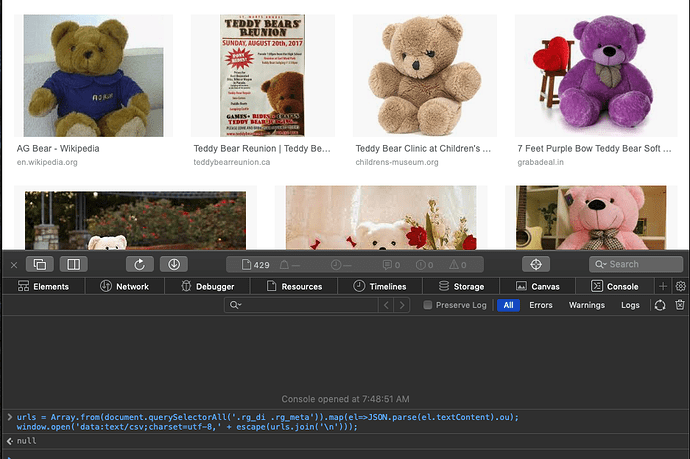Can you share some of those thing here
https://forums.fast.ai/t/deep-learning-lesson-2-notes/28772/8
As soon as Jeremy change it to wiki so anyone can edit the notes.
In the part about cleaning up your dataset, Jeremy goes through this code:
losses,idxs = interp.top_losses() # returns the top losses in the
top_loss_paths = data.valid_ds.x[idxs]
Now we can pass in these paths to our widget.
fd = FileDeleter(file_paths=top_loss_paths)
And then he mentions that we should run the same thing, but replace valid_ds by train_ds to also cleanup the training set. It seems to me that this isn’t correct. The indici returned by interp.top_losses() are indici into the validation set, so if we only replace valid_ds by train_ds we will select images from our training set based based on the losses of validation images. It seems we should first modify something so that the interp instance is applied to the trainingset instead of the validation set (not sure how though?). Or am I misunderstanding something?
Sure. Let me paste it there too
was same problem,
fastai version : 1.0.14
torch version : 1.0.0.dev20181028
after upgrade everything OK.
now vers:
fastai version : 1.0.18
torch version : 1.0.0.dev20181029
thx ! you using this command to upgrade?
sudo /opt/anaconda3/bin/conda install -c fastai fastai
wondering, how pytorch gets upgraded with this. Maybe sth like this from notebook: !pip install pytorch --upgrade
#1 - I’m not sure if it is just specific to my keyboard (French), but, for me to get the Java console it was CmdOptC, not J as posted.
#2. The code posted just returns me null so far. Am I doing something wrong? Thanks!
you mean javascript console ?
you should get a file to download after running. I only got that after unchecking the adblocker
Allez les bleus
Hoy, merci! Ah, yes. I forgot to mention that I am on Safari. You said adblocker but in my preferences I only see settings for Content Blockers, Notifications, and Pop-up Windows.
in chrome for me it was that, if you allow pop ups you get the download file
actually, a did conda install in new conda env.
But, its in FAQ:
- If using conda please try:
conda update conda -y
conda update -c fastai fastai
Does anybody know where filenames are stored or how to modify data.show_batch() to display the file name as the image title?
I tried using the widget for deleting bad images that was demo’d in class but it didn’t really work in my jupyter lab environment. In addition, I wanted to get a random batch of images rather than the most incorrect because the model isn’t good enough yet for most incorrect to be that useful (35% error rate). Given this data.show_batch() already seems suited to the task. I just can’t seem to find where the file name is stored in the dataloader or dataset
looks interesting, any experience with it? The Github repo seems created 1 month only?
Can we get some tips on how to deal with less number of samples while training an image classifier or may be a model in general ?Also can Jeremy repeat some details about rectangular images vs square images in the training data ?
fastai lib is changing from lesson to lesson, should we stick to a specific release from lesson to lesson or should we always get the latest release?
I have been doing:
pip install --upgrade fastai
Between lessons to keep current. YMMV.
You should stick to the latest conda update.
Just wanted ti quickly point out one thing:
In GCP, I had to do a git pull in /home/jupyter/tutorials/fastai/course-v3, as opposed to /home/jupyter/tutorials/fastai to update the repo, and update the fastai library subsequently. Not sure if this is just for me, or for everyone else using GCP.
Thanks.
I just want to thank Jeremy & Rachel for being so motivating and reminding us that it’s OK to not understand everything from the first go through! I have failed too many Coursera courses through nitpicking over initial setbacks.
When generating new image datasets, how do you know how many images are “enough”? What are ways to measure “enough”?
